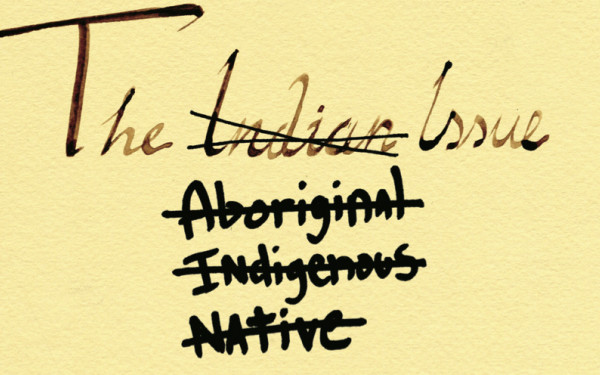Aboriginal Women Speak Out Against Plan Nord
Now that Pauline Marois’s Parti Québécois government is in power, the growing uneasiness about what will come of former Premier Jean Charest’s Plan Nord project is palpable.
Slated to take 25 years and $80 billion in investments to complete, the Plan Nord was Charest’s audacious and much-criticized economic plan.
The project boasts the potential to create 20,000 jobs in the province by industrializing the north of Quebec through ore mining, to be carried out on 1.2 million km2 of area north of the 49th parallel—land occupied by First Nations such as the Cree and the Innu.
“I hope Mme. Marois will not follow the path of Jean Charest and see that the land is worth something more without a building on it because within it are the medicines, the water, the fish, the purity of nature,” said Ellen Gabriel, First Nations rights activist and former president of the Quebec Native Women’s Association.
Gabriel and two other panelists spoke on Sept. 28 at Defending the Land: Indigenous Women’s Resistance to Plan Nord and Community Violence.
The forum was organized by Concordia’s 2110 Centre for Gender Advocacy in collaboration with Justice for Missing and Murdered Indigenous Women, a grassroots collective that aims to raise awareness about violence against First Nations women living in Quebec.
“The Plan Nord is going to affect women in the way that we raise our children, the way we transmit our values, our traditions and our history. If we have no land, how can we make references to such things?” said Denise Jourdain, panelist and primary school teacher in the Innu community of Uashat mak Mani-Utenam in Sept-Îles, QC.
Jourdain was one of the 12 women imprisoned earlier this year during the Route 138 blockade protesting the construction of the Hydro-Québec Romaine dam in Havre-Saint-Pierre.
“It changes your perception of the question,” said Jourdain. “When you know that your ancestors went to prison to defend their land rights, it’s nothing compared to what they went through.”
“When I was imprisoned, that’s when an immense anger came to me. I hadn’t killed anyone; I hadn’t stolen anyone’s land. It’s Hydro-Québec that destroyed the territory.”
—Élise Vallant
The Romaine dam complex is slated to be built on the north shore of the St. Lawrence River, located north of Anticosti Island, and will pass through Innu territory.
“I was not consulted by Charest,” said Élise Vallant, mother of eight children also from the Uashat mak Mani-Utenam who was also arrested and detained during the blockade of Route 138. “Most Innu people were not consulted directly.”
“When I was imprisoned, that’s when an immense anger came to me. I hadn’t killed anyone; I hadn’t stolen anyone’s land. It’s Hydro-Québec that destroyed the territory.”
Mining strategies undertaken by the provincial government were highly criticized during the forum—and not just for environmental reasons.
“Mining activity is probably one of the worst abusers of human rights,” said Gabriel.
In the James Bay area, Quebecois workers were completely separated from First Nations communities by roadblocks in order to protect those living there.
“It’s terror that we will leave to future generations by always saying, ‘Stay at home, because if you go out you might get raped,’” said Vallant. “Worry is not a way of life to raise kids in.”
A 2005 paper published in Pimatisiwin, an Alberta-based aboriginal health journal, states that the stressful nature of mining jobs, often coupled with substance abuse, may result in violence towards women in those communities.
“Violence against aboriginal women happens five times more than any other group in Canada,” said Gabriel. “Mining companies come in and look at aboriginal women as if they can violate them. It happens today and happens all over the world. And it has to stop.”
Seventh Annual Sisters in Spirit Memorial March and Vigil / Oct. 4 / Place Émilie-Gamelin (Corner Berri St. and Ste. Catherine St. E.) / 6:00 p.m.

_900_675_90.jpg)
_700_933_90.jpg)
_600_832_s.png)


1web_600_375_90_s_c1.jpg)
3_600_375_90_s_c1.jpg)
3.WebEdit_600_375_90_s_c1.jpg)